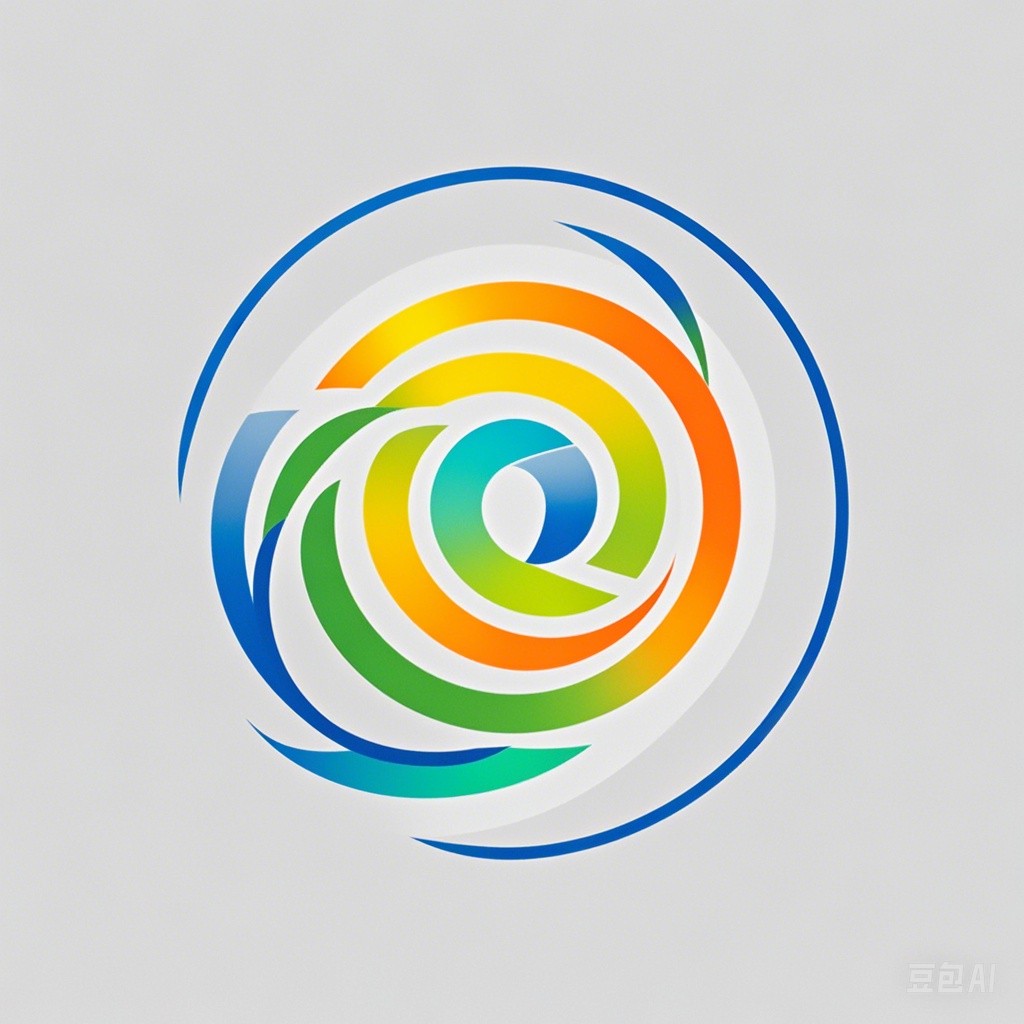Introduction
In an era where climate change and environmental sustainability are at the forefront of global concerns, renewable energy sources have become a beacon of hope. Among these, solar energy stands out as a clean, abundant, and inexhaustible resource. This article delves into a revolutionary solar concept art that promises to transform the way we harness and utilize solar power.
The Concept
The core idea behind this solar concept art is to create a highly efficient and aesthetically pleasing solar energy system that can be seamlessly integrated into urban environments. The system is designed to maximize energy capture while minimizing visual impact, making it an ideal solution for cities striving to reduce their carbon footprint.
Key Features
Advanced Photovoltaic Panels: The solar panels are crafted using cutting-edge photovoltaic technology, which allows for higher energy conversion rates. These panels are also lightweight and flexible, making them suitable for various architectural designs.
Smart Energy Management System: The system incorporates a sophisticated energy management system that optimizes energy production and consumption. It can automatically adjust the angle and orientation of the solar panels to ensure maximum sunlight exposure throughout the day.
Energy Storage Solutions: To address the issue of intermittent sunlight, the system is equipped with advanced energy storage solutions, such as lithium-ion batteries, which can store excess energy for use during non-sunny periods.
Sustainable Materials: The components of the solar system are made from sustainable and recyclable materials, ensuring minimal environmental impact throughout the product lifecycle.
Design and Architecture
The design of the solar concept art focuses on blending functionality with aesthetics. The following aspects highlight the architectural considerations:
Building-Integrated Photovoltaics (BIPV): The solar panels are integrated into the building’s structure, acting as both a power source and a part of the building’s design. This approach not only maximizes energy capture but also reduces the visual impact of the solar system.
Skyscrapers with Solar Facades: Skyscrapers can be equipped with solar facades, which not only provide shade and insulation but also generate clean energy. These facades are designed to be modular, allowing for easy installation and maintenance.
Green Roofs and Vertical Gardens: The concept includes the integration of green roofs and vertical gardens, which not only enhance the building’s aesthetic appeal but also contribute to improved air quality and biodiversity.
Implementation and Challenges
The implementation of this solar concept art faces several challenges:
High Initial Costs: The advanced technology and materials used in the system result in high initial costs, which may deter some potential adopters.
Regulatory Hurdles: Existing building codes and regulations may not be conducive to the integration of solar energy systems, requiring changes and adaptations.
Public Perception: Addressing public concerns regarding the aesthetics and efficiency of solar energy systems is crucial for widespread adoption.
Case Studies
To illustrate the potential of this solar concept art, let’s consider a few case studies:
Solar-Powered Office Building: A skyscraper in a major city has successfully implemented a solar facade, reducing its energy consumption by 30% and significantly reducing its carbon footprint.
Solar-Powered Housing Complex: A housing complex has integrated solar panels into its roof, providing renewable energy for all its residents while maintaining an aesthetically pleasing design.
Conclusion
The revolutionary solar concept art presented in this article offers a promising solution for the future of renewable energy. By focusing on efficiency, sustainability, and aesthetics, this concept has the potential to transform urban landscapes and contribute to a cleaner, greener future. As technology continues to advance and public awareness grows, the realization of this concept becomes increasingly attainable.
